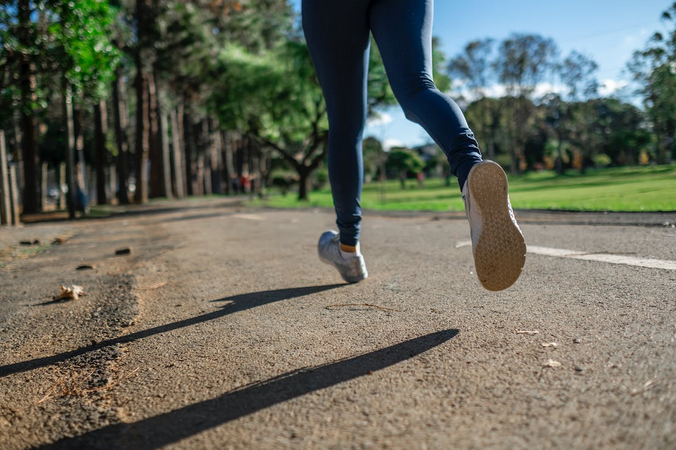If you’re here, you might feel yourself stranded with the PTSD symptoms that are plaguing your life. You might feel like it’s a challenge to get through each day, and you’re not sure how to cope with the intense, roller-coaster emotions and memories that come with having PTSD.
But trust us. It’s essential to remember that even though it might feel impossible to cope with PTSD, there are various effective strategies that can help you manage and reduce your symptoms. With lots of patience, practice, and positive support, you can learn to cope with PTSD in a healthy way and lead a fulfilling life. So, here we’re going to share our insights on some of the most effective coping strategies for people with PTSD.
Knowledge
Understanding the nature of this condition can provide valuable insights into why or how you may be experiencing certain symptoms and how they can be managed. By educating yourself about PTSD, you’re taking an important step towards self-empowerment.
One aspect of gaining knowledge about PTSD involves learning about the triggers that might set off intense emotional reactions or flashbacks. These triggers can vary from person to person, but common ones include specific sounds, smells, or situations reminiscent of the traumatic event.
Experts from the South Pacific Private explained that recognizing these triggers helps you anticipate potential challenges and develop proper proactive strategies for managing them effectively.
Exercise and Physical Activity for Focus

If you’re looking for a natural way to improve focus and reduce symptoms of PTSD, exercise and physical activity might be just what you need. Exercising every day has been found to have numerous benefits for people with PTSD. But how?
When you engage in physical activity, whether it’s going for a run, hitting the gym, or even taking a brisk walk, your body essentially releases endorphins – those ‘happy’ chemicals that boost your mood.
These endorphins can help ease symptoms of anxiety and depression often associated with PTSD. Plus, exercise can also increase blood flow to the brain, improving cognitive function and concentration.
Yoga and Meditation
But why yoga and meditation? When it comes to yoga, the combination of breathing exercises, gentle movements, and meditation can have a profound impact on easing your anxiety and stress levels. By focusing on deep breathing techniques during yoga sessions, individuals with PTSD can activate their parasympathetic nervous system, which basically promotes feelings of calmness and balance.
On the other hand, meditation allows you to observe your deepest thoughts and even fear without judgment while cultivating a greater sense of present-moment awareness. Over time, regular meditation practice can improve emotional regulation skills and increase resilience in dealing with triggers or distressing memories associated with PTSD.

Resilience
Last but not least, let’s talk about the main key trait for coping with PTSD – resilience. It’s the ability to successfully bounce back from difficult experiences and adapt in the face of adversity. When dealing with trauma, it’s important to remember that setbacks are normal, but resilience allows us to keep moving forward.
Building resilience can’t be complete without fostering strong social connections. So get your self-supportive friends and family members for a better sense of belonging and understanding, which can be incredibly comforting during challenging times.
Remember, building resilience takes time and effort. It’s about learning healthy coping mechanisms, developing self-care routines, and practicing positive thinking patterns.
If you’re struggling with PTSD, know that you’re not alone and there is help available! Consider reaching out to a professional mental health professional or support group to begin your healing journey. You can also try incorporating some of the coping strategies mentioned above, like exercise, yoga, meditation, and building resilience.
